Get PeakVisor App
Sign In
Search by GPS coordinates
- Latitude
- ° ' ''
- Longitude
- ° ' ''
- Units of Length

Yes
Cancel
Share ×

Scan the QR code and open PeakVisor on your phone
❤ Wishlist ×
Choose
Delete
In the northern Pindus mountain range lie two breathtaking river gorges called the Vikos and Aoos. This is how the Vikos-Aoos National Park was named, lying in the northwestern part of Greece. There are 30 named mountains in Δρυμός Βίκου-Αώου (lit. Park Vikos - Aoos), and the highest and the most prominent mountain is Gamila (2,497 m/ 8,192 ft).
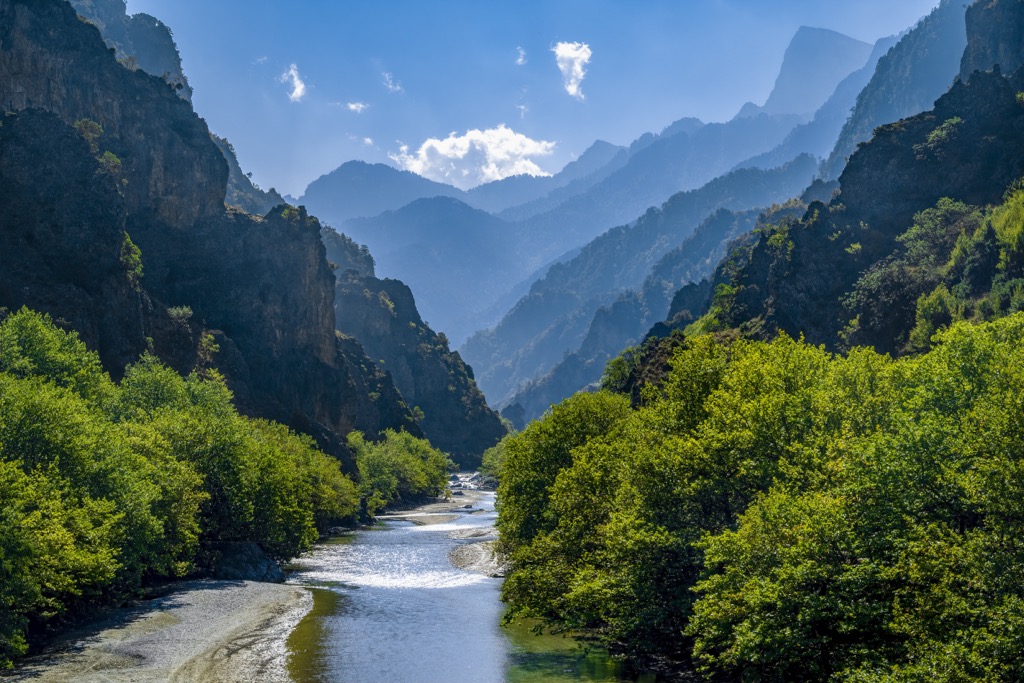
Vikos-Aoös National Park (Epirus) is a national park that rests in the Pindos mountains. They founded the park in 1973. It's one of 10 national parks in Greece, and it lies north of the city of Ioannina.
The Geopark lies in the northwest of the Epirus region of Greece, in the Zagori and Konitsa municipalities. The Pindos is a mountain range in the western part of the Balkan Peninsula. They are located in northern Greece and southwestern Bulgaria. The highest peak is Mount Olympus.
The Vikos-Aoos National Park covers 12,600 ha (31,135 ar), which is only a small part of the mountain massif of Pindos. Still, Timfi or Tymfi is one of the highest mountains in Greece.
The park's name comes from the two large gorges in the area that have been shaped over time and filled with a variety of scenic features such as numerous rivers, deep canyons, and caves. Lastly, it has dense coniferous and deciduous forests.
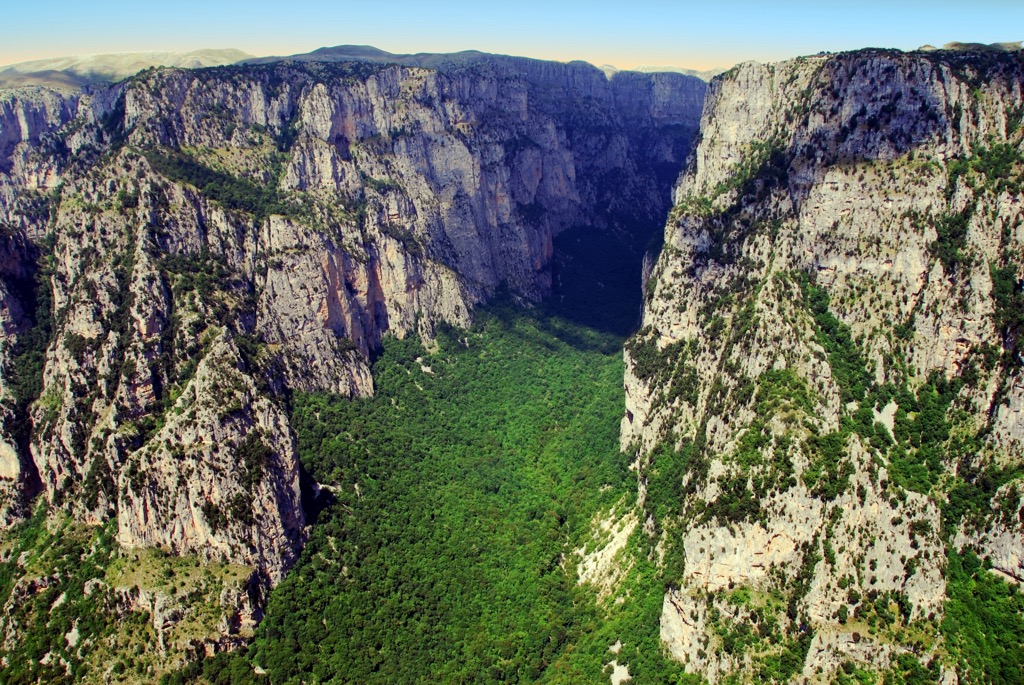
The core of the park, at 3,400 ha (8,400 ar), is the magnificent Vikos Gorge. It measures 12 km (7.4 mi) in length and has a depth of 1,000 m (3,280 ft). This gorge marks the park, together with the Aos Gorge, Mount Tymphe (with Gamila (2,497 m/ 8,192 ft)), and traditional Greek settlements.
This Natura 2000 park spans an elevation from 550 to 2,497 m (1,804 to 8,192 ft) and is part of UNESCO’s Geoparks. It has a visitation of over 100,000 people each year. Activities that people engage in include rafting, hiking, other water sports, and camping.
Aoos, Voidomatis, and Sarantaporos are the three rivers that flow through the park. The park is known for its significant ancient monuments. It also has some traditional settlements with unique local architectural features. Monasteries include churches in and around Zagori, built during the sixteenth to nineteenth centuries.
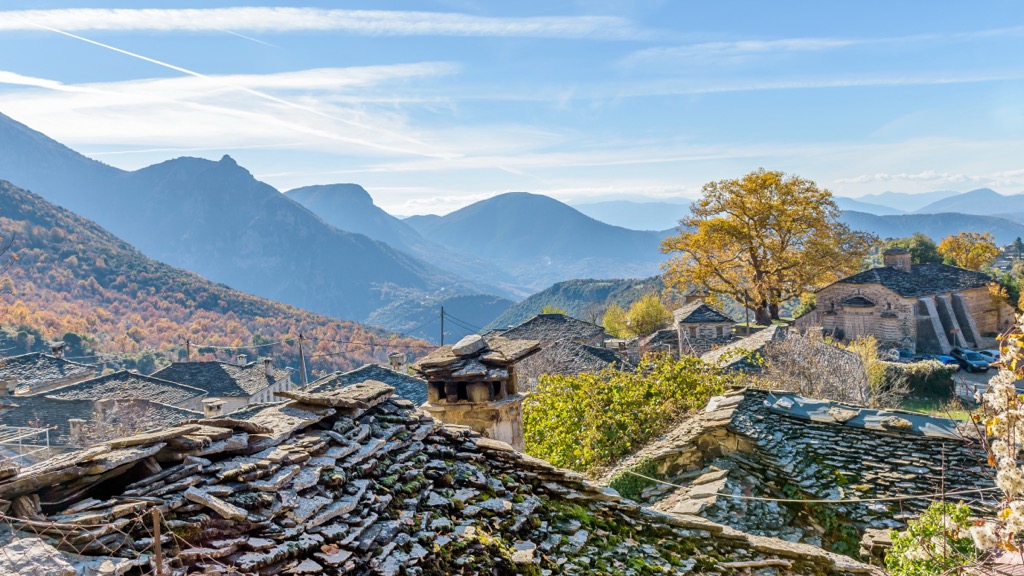
At the beginning of the 1900s, geologists from various institutions in Greece began a long-term research project with the goal of understanding the local geomaterials. Greece has a lot more to offer than just its "rocky tales." Various geological processes and natural phenomena shaped Greece's environment in the past. These environmental events are what make this country so unique.
Greece is one of the most geologically active and colorful countries on Earth. This is because of its converged tectonic plates, which have made it a region in the Mediterranean. Some geological features are also prized as cultural and tourist sites.
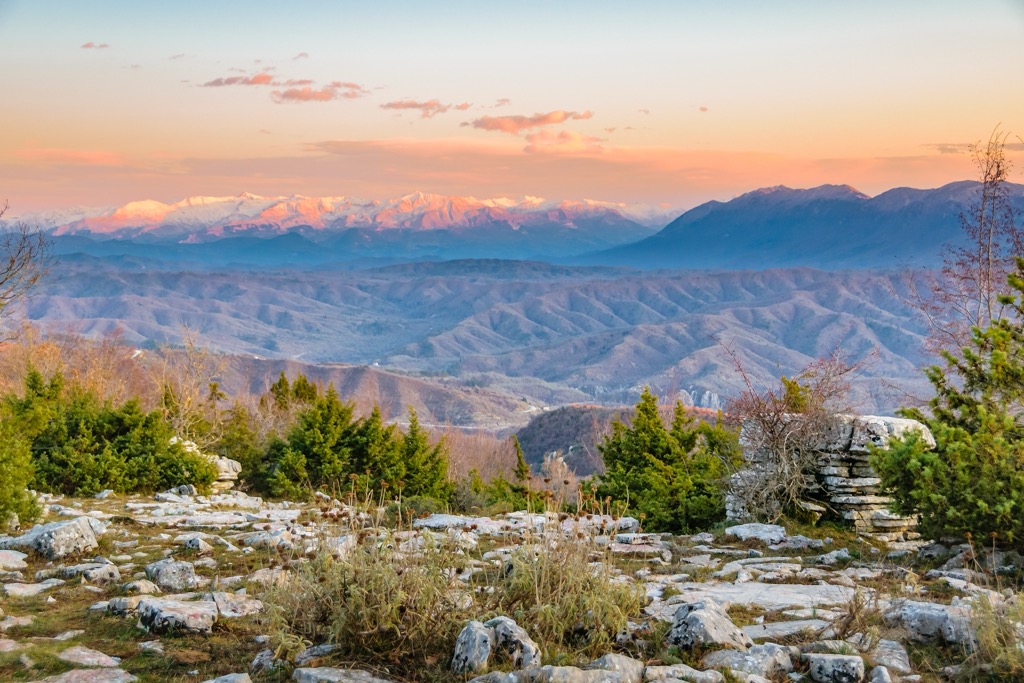
Geology has impacted the geography of Greece and influenced how life has evolved over time. Geodynamic processes connect landforms, mountain ranges, and sedimentary deposits to create geological formations such as mountains, volcanoes, rivers, and valleys.
Vikos Gorge, which lies near the south of Mount Tymfi in the Pindus Mountains, spans roughly 12 miles and has a width of between 2.5 km (1.5 mi) to just a 5 m (16 ft). The depth of the Vikos Gorge varies from 120 to 490 m (393 to 1,607 ft). The Guinness Book of Records has declared it the deepest gorge in the world relative to its width.
Surrounded by steep mountains, the gorge has a lot of deciduous trees in its dense forest. About 1700 species and subspecies inhabit the region, including five local and twelve that are not found anywhere else in Greece. The limestone formations in this area date back to between 37 million and 150 million years ago.
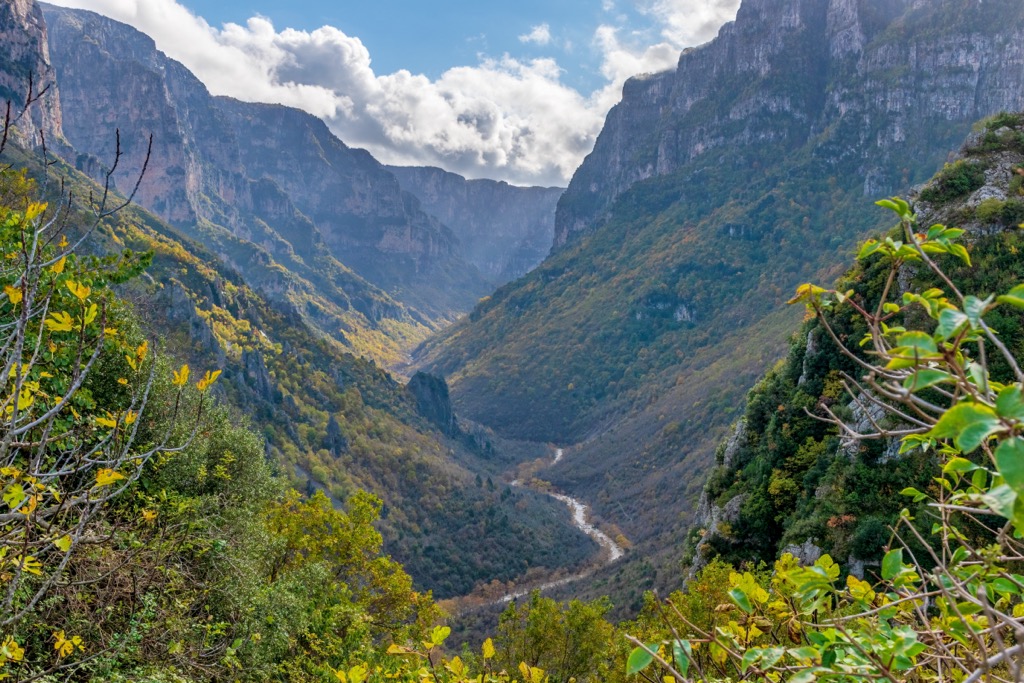
It's often very humid in the summer and cold during the wintertime. Agia Paraskevi Monastery is a well-known abandoned one near the town of Monodendri. It offers spectacular views of the gorge and also has an accessible Megli Spilia cave nearby.
This gorge of the river Aoos, formed by the southern hillsides of Trapezitsa and the northwestern sides of mount Timfi, is also astounding. There are a lot of different forests in the area around the gorge, with river and pine trees being two of the most common types. Smaller rivers and waterfalls fall from the cliffs into the Aoos River.
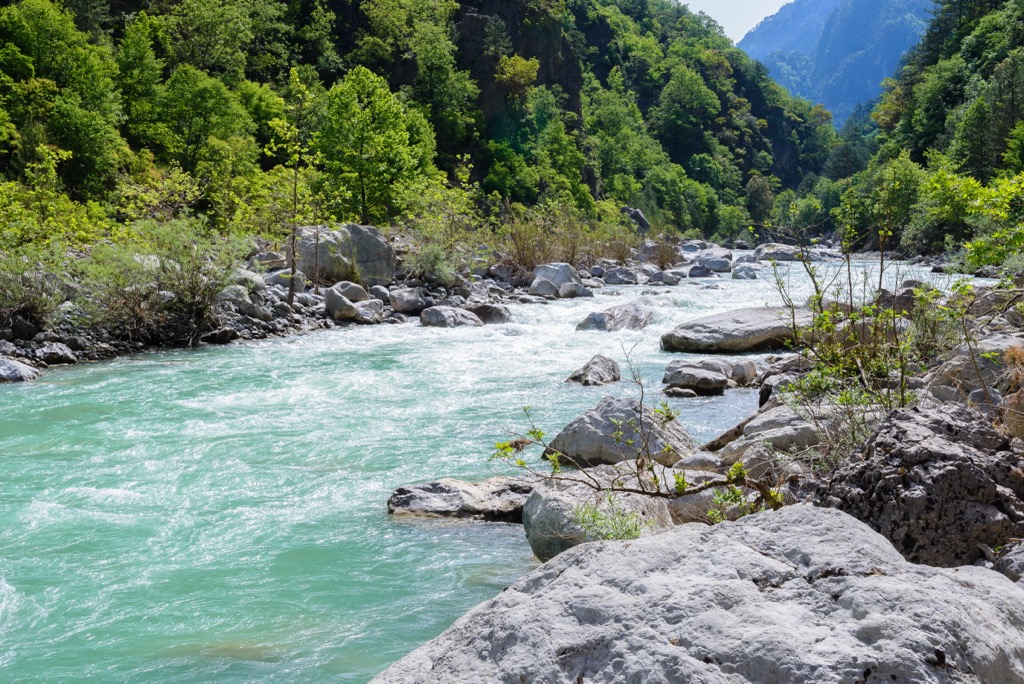
A six-mile-long gorge snakes its way through the slopes of three mountains, extending from Tymphe, to Trapezitsa, and Raidovouni. Caves and monasteries are common in Greece’s natural landscape. Single-arched bridges also emerged during the seventeenth through nineteenth centuries, also visible around the gorge.
Mount Tymfi's highest point is Gamila (2,497 m/ 8,192 ft). It also features a long plateau that some sources say resembles Table Mountain in South Africa. It lies between the two gorges, making the park a beautiful whole. Here are some of the other highest peaks in the park:
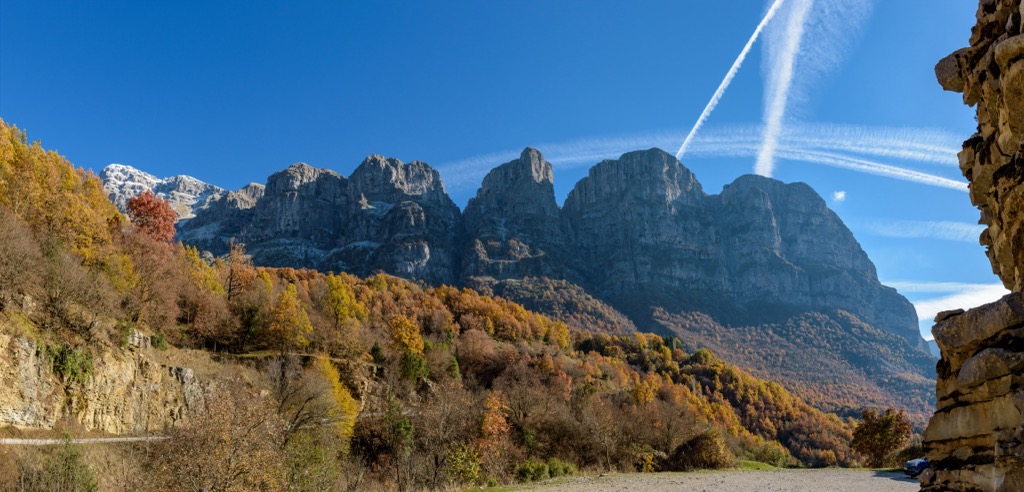
Vikos-Aoos Geopark is home to five distinct ecosystems, each one more lush than the last. The ecological differences you can see in this park are especially visible from the lower ground or 275 to 700 m (902 to 2,296 ft). It's a plant paradise with evergreen sclerophyllous shrubs and oak forests.
There are coniferous and hazel forests at the mid altitudes, and at high altitudes, there are beech forests. Even higher, the alpine meadow habitat is rising up to 2,497 m (8,192 ft).
The National Park is not only home to majestic fauna but also includes lush and beautiful flora. When the spring flowers begin to blossom, it's a sight to see. There are 1,700 species and subspecies of plants in the National Park. There are 5 endemic species in the park.
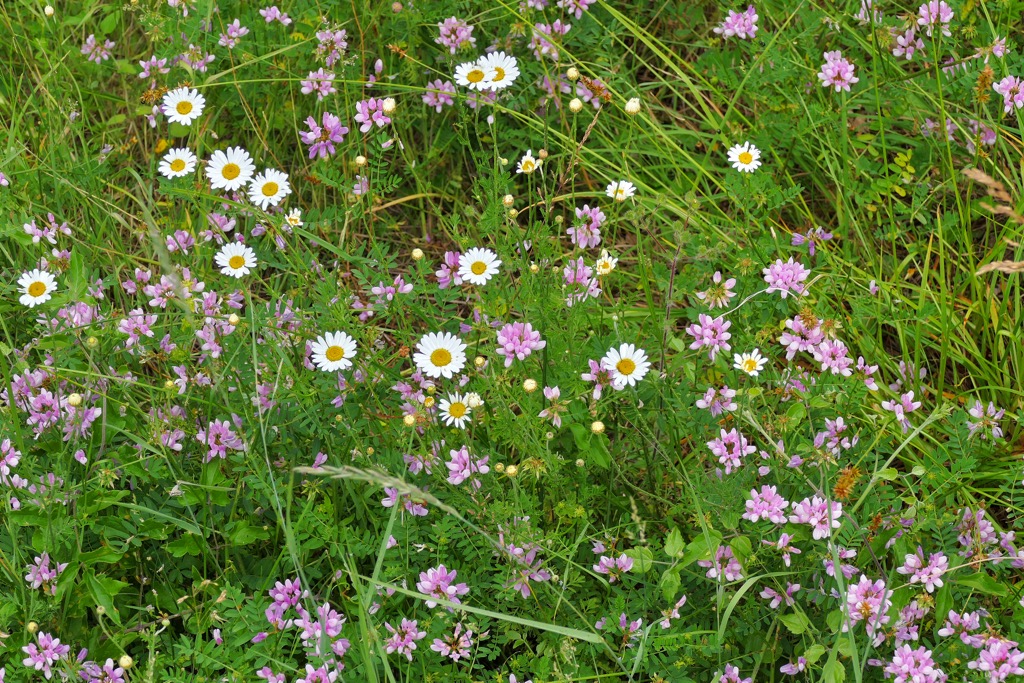
A few more ecosystems make up our park's biodiversity. These ecosystems include rocky slopes, gorges, vertical cliffs of high mountains, aquatic ecosystems (lakes, rivers), and riparian vegetation ecosystems. There are also anthropogenic ecosystems distinctly shaped by human impact. In the case of Konitsa Plain, which locals shaped by the exchange of goods and services.
These ecosystems are home to a lot of different species of plants and animals, all of which have their own unique needs, especially in terms of where they live. The terrain of this region is very diverse and covers a lot of vertical variation. There are several steep peaks, and the area also has its own specific environmental conditions that need to be taken into account when considering the number of plant taxa.
The Geopark has a total of around 1,700 plant species and subspecies and also 250 animal species. The park's floristic value is rather significant, considering it's a quarter of Greece's plants. This territory is home to many beautiful flowers, which draw in visitors’ attention. The most common are wild lilies, but Phelipontia Grandiflora happens to be the most impressive flower.
So far, scientists have found five species: Lillium candidum near human settlements, Lillium chalcedonicum, Lillium albanicum, Lillium martagon, and Lillium heldraichi.
The park's fauna is equally rich. Bear tracks don't often explore the park because they are a rare sight on the paths leading to the gorge. Due to the popularity of hunting, certain species are near extinction. It is an illegal activity that poses a serious threat to the area.
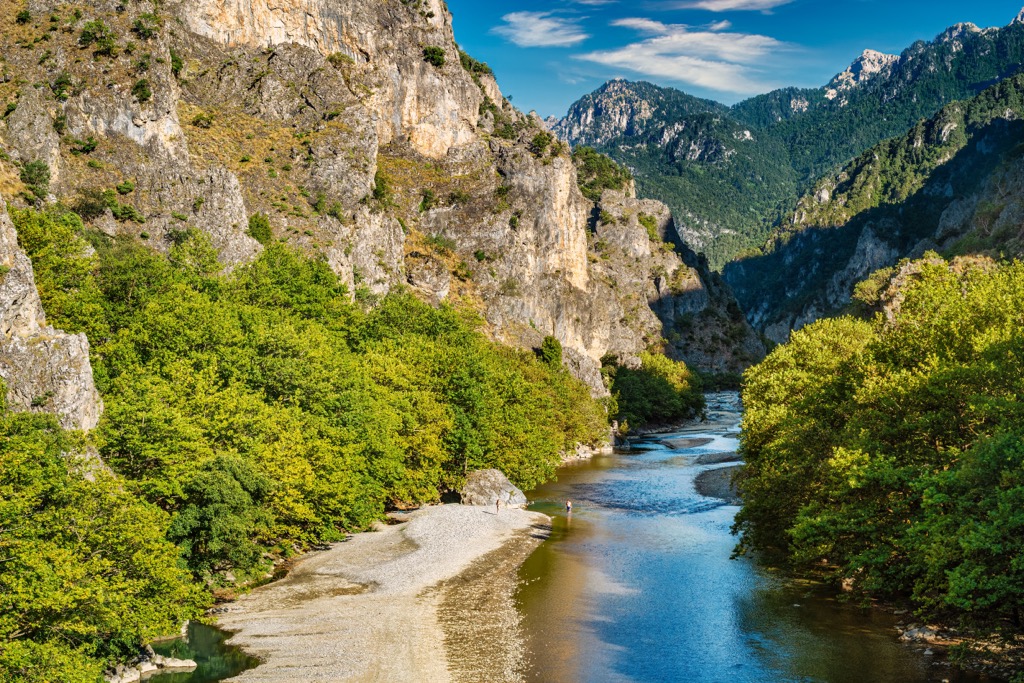
Among the park’s 161 bird species, raptors are of special interest. These can be Egyptian vulture (Neophron percnopterus), Golden eagle (Aguila chrysaetos), Short-toed eagle (Circaetus gallicus), and others.
Some of them are rare species, such as the bear, wolf, wildcat, otter, Balkan chamois, and roe deer. The area has several other common species, for example, the wild boar, fox, badger, hare, hedgehogs, and squirrels.
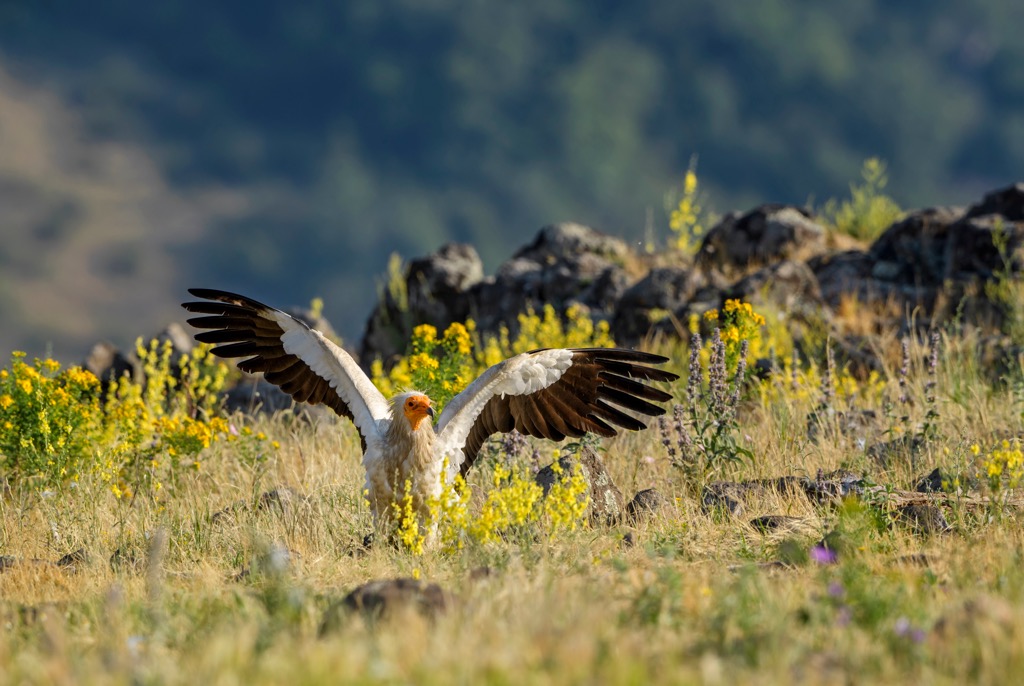
Archaeologists believe that the first humans that appeared in the area were around 17,000 to 10,000 years ago. During this time period, humans began hunting the ibex and chamois on a seasonal basis because of favorable climatic conditions.
A tiny, unnamed settlement once existed between Monodendri and Vitsa. Two cemeteries have been found in them, yielding important finds dating to the Neolithic. Historically, collecting firewood was the main way of life in this region. However, there was a lack of people living here for most of history.
The local Greek Orthodox communities had special rights for a few centuries in the Ottoman Empire. The area of Zagori had an autonomous status, and the locals experienced a tax break. Large groups of villagers migrating to metropolitan areas have been a trend in various parts of Greece for several decades.
There have been many cases where some of those who migrated from rural villages later returned and brought their wealth and power back with them. During these times, Greece was incredibly diverse, and its people had a chance to develop many different practices.
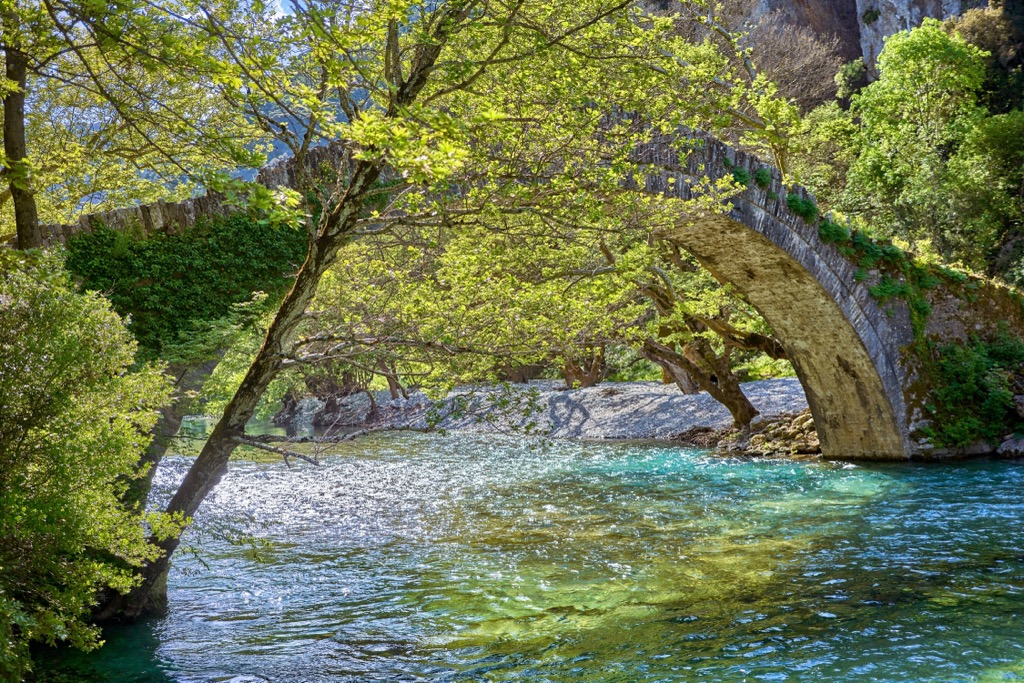
Regarding long-term health, though, people tended to rely on herbal medicines. Traditional doctors like the Vikos doctors came in handy. This led to many intellectuals, such as scholars and doctors coming from Vikos, who left behind the unique culture and academic life we know.
Epirus, which is one of the underdeveloped regions in Greece and also includes Vikos-Aoös, is a region that relies mainly on tourism as its primary source of revenue. The area is very sparsely populated and is almost exclusively inhabited by the older generation.
The main reason is that many people left the area in favor of urbanization after World War II. Abandonment of the traditional countryside lifestyle has also significantly impacted local culture.
The recognition of this area's current geological and geomorphological value belonged to the state, which established a registry for its protection. The National Park has plenty of sites with important geodiversity that one can explore.
It contains hydrogeological, stratigraphical, sedimentologic, and prehistorical features. These are all easily accessible to allow you to understand the processes that have taken place over time.
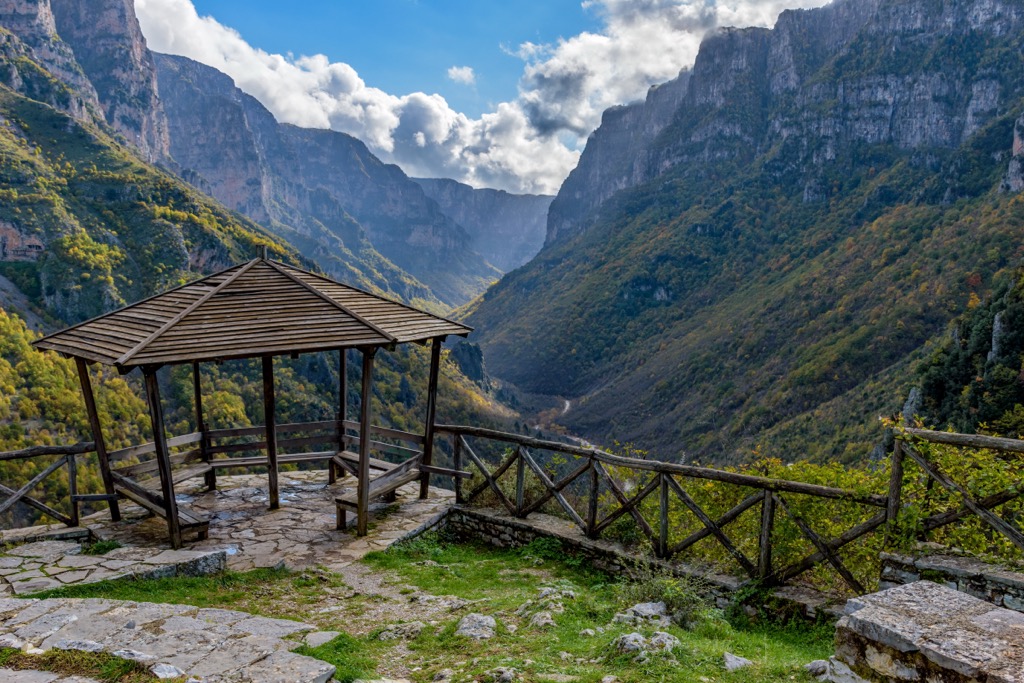
On October 1st, 1973, during the 9th European Conference on Geoparks held in Mytilini, they established a new member of UNESCO Geoparks, Vikos - Aoos National Park.
Vikos-Aoos Geopark is there to help you look at the region's geological history. It also makes it easier to explore and appreciate the wonders of nature in this beautiful area between the Greek and Albanian borders.
This park is known as a hiking haven, but you can also enjoy water sports like kayaking, canoeing, or rafting here.
This trail is over 11 km (6,8 mi) long and has an elevation difference of 500 m (1,640 ft) before reaching the bottom and retracing your steps back up to the top. While you enter the gorge, you will see all kinds of forest habitats.
The trail visits one of the most famous river gorges in Greece and offers incredible views throughout. This hike will definitely teach you about wildlife, too, if you are lucky enough to spot any.
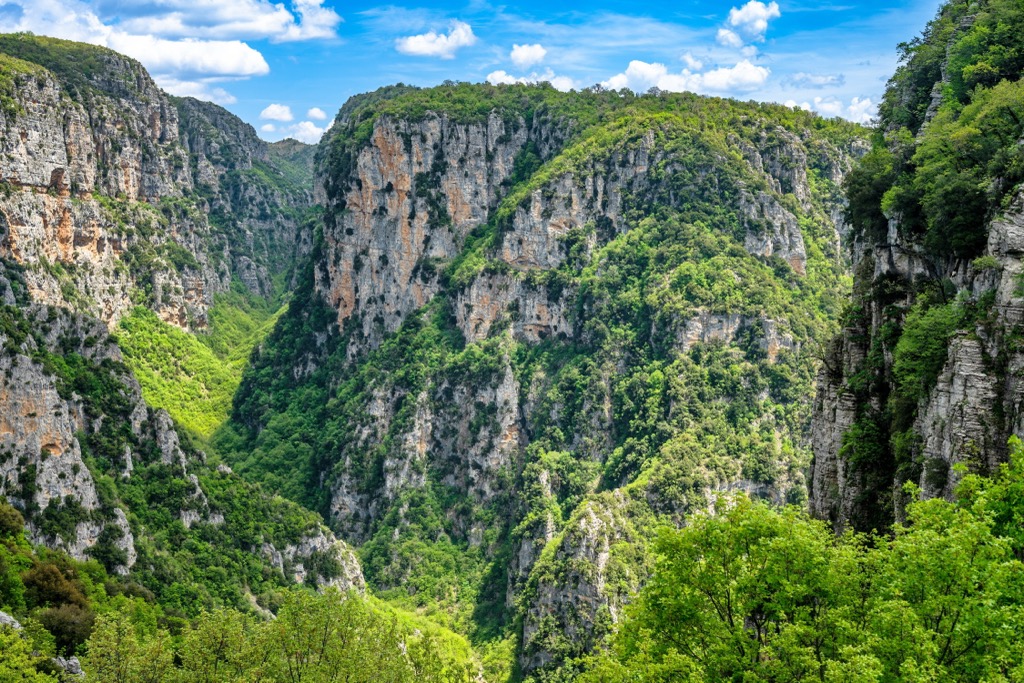
This hike is quite easy, with a distance of 9 km (6 mi) and an elevation gain of just over 150 m (492 ft). The trail itself winds through the dense gorge forests.
In fact, it follows the Voidomatis River inside of the Aoos Gorge. It runs alongside the river to offer some great woodland landscape vies along the way.
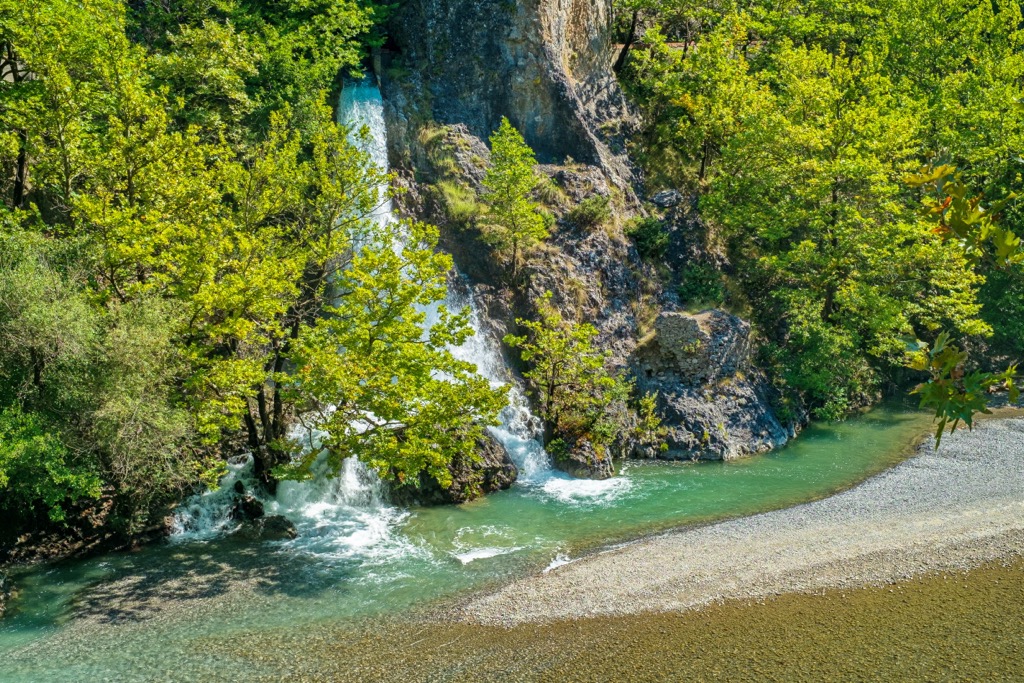
Gamila (2,497 m/ 8,192 ft) is the fourth highest mountain in Greece and lies in the heart of the Vikos-Aoos National Park. The mountains' two spectacular lakes are at 1,900 m (6,233 ft), also containing the Dragon Lakes. These lakes are covered with snow during the winter.
One can hike here all year round. Anyone who climbs in winter should be sure to include winter outdoor activities like skiing and snowboarding too. To reach the peak of Timfi or Gamila (2,497 m/ 8,192 ft), you should head out from Gamila Rocks Mountain Hut.
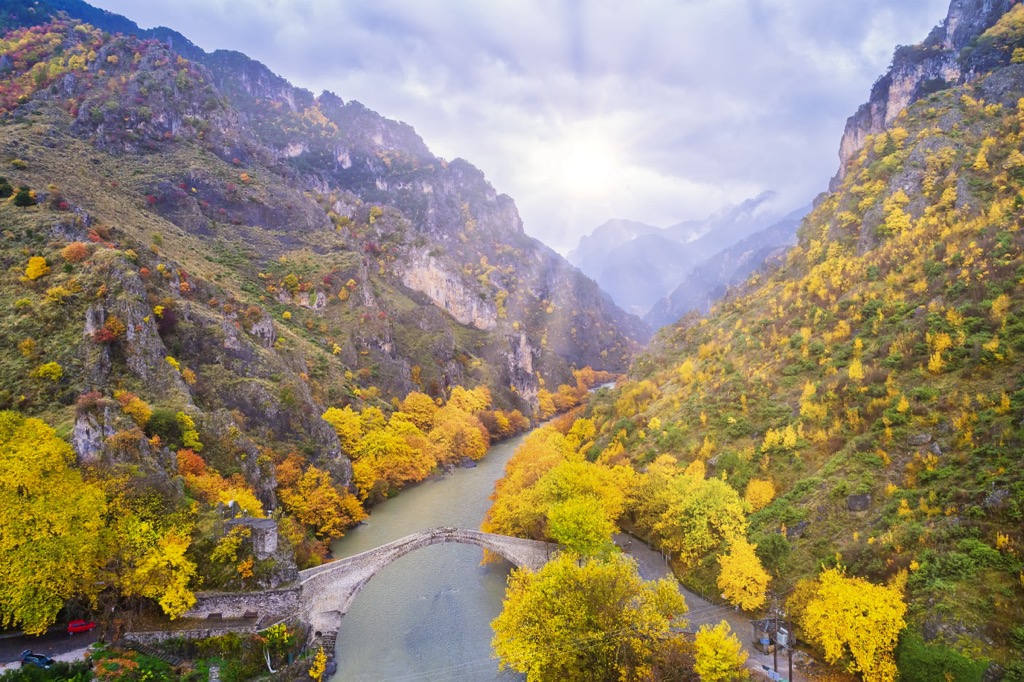
While you’re visiting the geopark, take a look at these beautiful cities as well:
Konitsa is a small town in the north of Greece. It is known for its old stone Konitsa bridge, closeness to Vikos-Aoos National Park, and the ancient ruins of the ancient city of Kastro.
The town is inhabited since prehistoric times, but it was not until 1834 that Konitsa became an official settlement. The first inhabitants were mainly farmers who grew olives, grapes, and figs on their land. One can reach it via road and find economy accommodation, bungalows, and campsites.
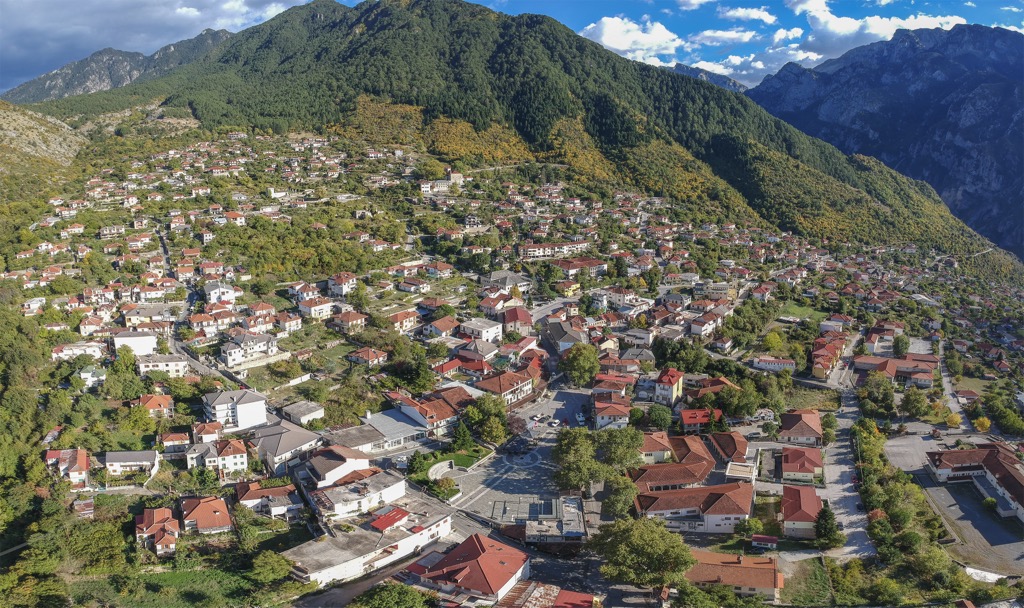
Ioannina is a city in Greece. It is the capital of the Ioannina Prefecture and has a population of approximately 140,000 people.
King Otto founded the city in 1209 as part of his conquest of Epirus. The name "Ioannina" comes from Saint John's name in Greek, Ιωάννης (Ioannis). Reach it via road and rail, and stay here in various accommodation options.
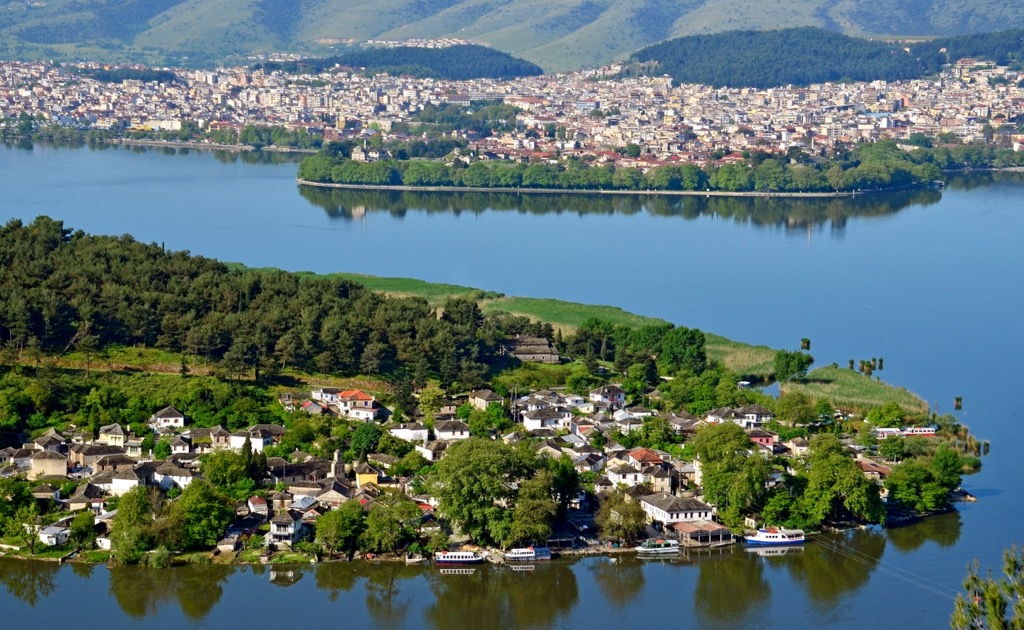
Thessaloniki is the second-largest city in Greece. It is a major port and one of the most important cities here. Thessaloniki is a beautiful city with a rich history. It has been inhabited since ancient times, but it became an important commercial center only in the late nineteenth century.
Thessaloniki has many attractions, including its old town, which is also a UNESCO World Heritage Site. The city also has many museums and galleries to explore, as well as some great beaches nearby. Stay here to enjoy the sea or enjoy the arts.
Reach Thessaloniki via air, rail, road, and water, and you will find here mostly luxurious or traditional Greek accommodations.
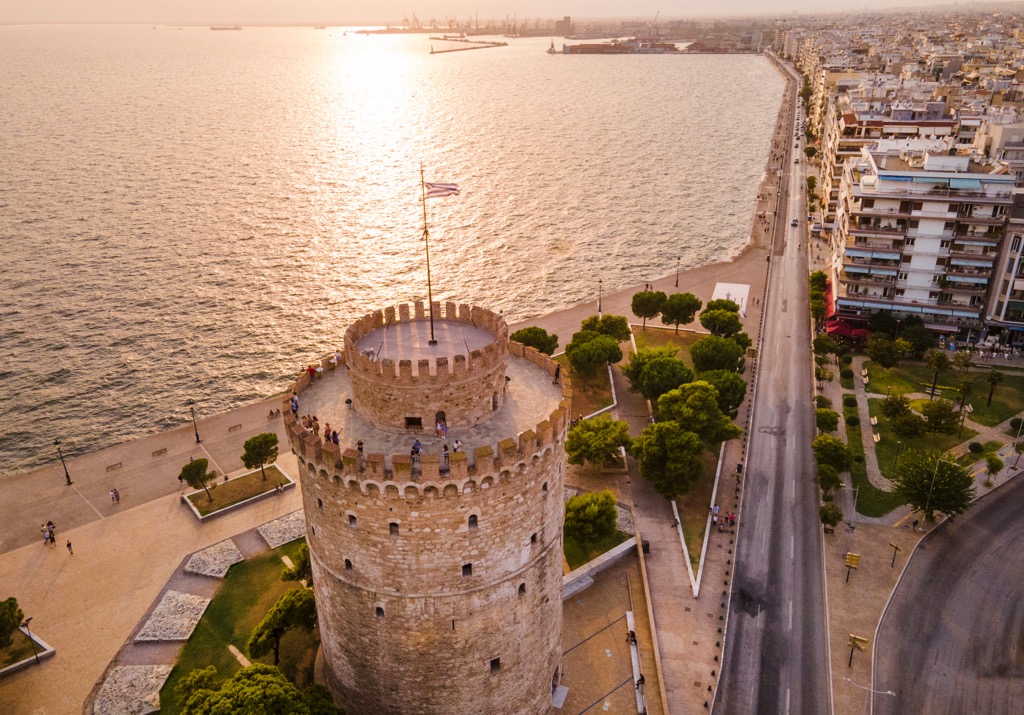
Explore Vikos-Aoos National Park with the PeakVisor 3D Map and identify its summits.








